This website uses cookies so that we can provide you with the best user experience possible. Cookie information is stored in your browser and performs functions such as recognising you when you return to our website and helping our team to understand which sections of the website you find most interesting and useful.

The grounds
The grounds of the chateau of Selles-sur-Cher are about one and a half hectare. They are divided into 3 distinct parts, separated by walls and the moat.
The front area of the chateau de Selles-sur-Cher is the green space with ordered flowers and lawn, which leads you to the chateau itself. This fore-court is itself in 3 parts, 2 squares of lawn with benches and a wifi terrace, where one can have a glass of wine in the quiet, either in the sun or in the shade of parasols. Or if you prefer, a bench awaits you under the oak, facing the Pavilion Bethune.
The third part of this fore-court is reserved for our animal friends. It’s the small farm, which you can visit at the end of your tour around.
The main court-yard is situated beyond the moat, through the entrance, above which are the arms and shields of Philippe de Bethune (1565-1649). On top of the wall, is a collection of 3 bells, which in the 17th century formed a clock. A very special clock, because it has no face and no hands. There is a large mechanism under the arch which worked the 3 bells as follows- the large bell rang the hours, the middle bell rang the half hours, the small bell rang the quarter hours.
Beyond the gateway, the main court-yard opens in front of you, with on your right, the Pavilion Bethune, and on your left, the Pavilion Sully.
The main court-yard was not like this originally in the 17th century. It was enclosed by buildings which have now disappeared. It consisted of a wing of the chateau, of about 30 metres situated to the left of the Pavilion Bethune, parallel to the river Cher. At the end, was another Pavilion Bethune, then a gallery formed the third side of the quadrangle, enclosing the main court-yard with a brick wall on the fourth side. The court-yard was paved in fontainbleau stone, some remains of which are to be found on the bridge across the moat.
Nowadays, the court-yard is a vast romantic green space, where you will find benches sometimes hidden to create intimacy.
About 30 trees in the grounds have identification plaques, to enhance your walk, and to improve your knowledge of trees.
The majestic tree in the centre, the king of our trees, is a cedar of Lebanon. Probably planted in the second half of the 18th century. This magnificent tree has been declared “Arbre Remarquable de France”in 2015 by the tree association.
For hot days, we have arranged a tunnel of freshness at the rear of the grounds. Its access is marked by climbing roses. There are some benches for you to rest, and pause, and to refresh yourself in the shade.
A sloping path leads down to the river where the chateau had its own landing stage, where merchandise and building materials used to arrive.
The medieval court-yard makes the third part of the grounds of the chateau. This site is dedicated to wine. We have planted a mini-vineyard for educational purposes, and we will pick the grapes when the time is right, a little bit like Montmartre. It takes 3 years for a young vine to produce grapes.
The rose trees planted at the head of the rows of vines are indicators of sickness, notably mildew. As soon as a rose shows a sign of attack, we intervene.



